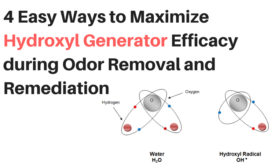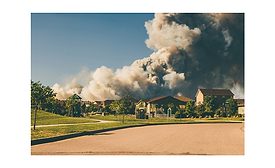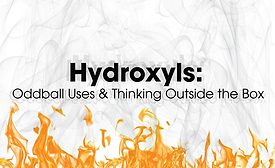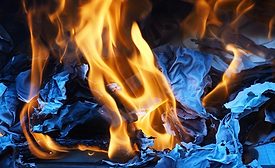Home » Hydroxyl
Articles Tagged with ''Hydroxyl''
Large Loss Odor Removal: Q&A with Paul Davis National
Senior VP of Operations, J. Murphy, talks efficient, effective large loss odor removal.
February 25, 2018
Stay ahead of the curve with our eNewsletters.
Get the latest industry updates tailored your way.
JOIN TODAY!Copyright ©2024. All Rights Reserved BNP Media.
Design, CMS, Hosting & Web Development :: ePublishing










